The madcap and enchanting Yoko Ono exhibition that has arrived at Tate Modern is proof of many things. Most of them are pleasing. A few are regrettable.
Certainly, that it has taken until now for Britain’s leading modern art venue to give Ono a chance is cast-iron proof, should we need any more, of the stubbornness of the prejudices against her that lurk on these angry shores. Ono has been an important artist for 60 years. Internationally, she has been fêted everywhere, except here. To have waited this long to celebrate her at the Tate, while hundreds of lesser presences have been welcomed before her, is, frankly, ludicrous.
Why has it taken so long? Bog standard misogyny has obviously played its part. So, too, have anti-Japanese sentiments, whose origins go back to the Second World War. The “she broke up the Beatles” storyline remains indestructible however firmly it is challenged. But none of these cranky prejudices has, I suspect, been the loftiest barrier to an acceptance of Ono and her complex creativity. Instead, we should blame something larger and less breachable: a refusal to take her or her work seriously.
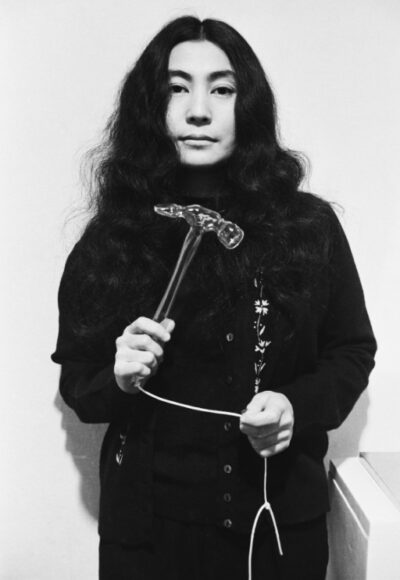
The suspicion that she is artistically silly, that her art is a con, is as ingrained here as the soot in a coalminer’s collar. In Britain, hating Yoko Ono is a national blood sport. Hopefully the Tate show will change that for good because it is simultaneously a demanding event and one that is great fun to visit.
Its chief ambition is to understand her properly as a pioneering avant-garde artist who played a crucial role in the development of conceptual art. An effort is also being made to silhouette her output against the bleak state of today’s world. “Peace is Power,” it says on the wall in huge letters as you enter, prompting us immediately to remember Ukraine, Palestine, Myanmar, Ethiopia…
The show looks back at the whole of her career and starts with a room in which her Japanese origins, and their impact on her thinking, are made helpfully obvious. Those who mock her antiwar positionings and the campaigns for peace she mounted with John Lennon can have no understanding of the bleak circumstances of her childhood.
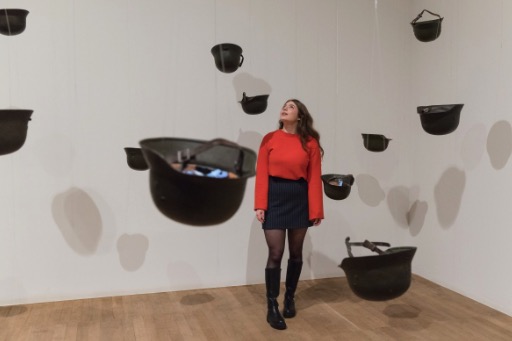
Born in 1933, Ono was a war child forced to shelter from the American fires raining down on wartime Tokyo. For her, Give Peace a Chance wasn’t the naive chanting of a dippy peacenik, it was a cry from the heart of a little girl for whom the dropping of the atom bombs on Hiroshima and Nagasaki was a local event.
Her Japanese origins are evident too in the spidery and delicate calligraphy of her early word-art and the elusive thinking that characterises her first “instruction” paintings. Painting to Be Stepped On, from 1961, consists of a directive written on the floor to step onto the art in front of you. The suggestion feels immediately transgressive: only a barbarian would step happily onto a work of art.
The piece’s origins actually lie in the brutal treatment of Japanese Christians in the 17th and 18th centuries who were instructed, on pain of death, to step onto a Christian icon to prove their apostasy. Thus a dark and tragic historical instruction has travelled through time and arrived in our own era in a provocative conceptual form.
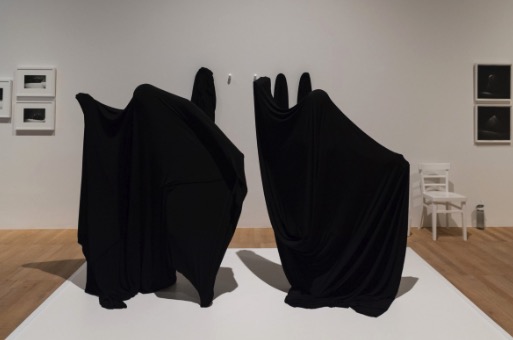
As the show dances forwards through the various stages of Ono’s extraordinary career — she’s just turned 91 — it grows increasingly confident and solid. The instruction pieces remain a recurring feature — “Cut a hole in a bag filled with seeds of any kind and place the bag where there is wind”; “Drill two holes into a canvas. Hang it where you can see the sky” — as they give your imagination a delicate tickle.
We also watch Ono becoming a skilled crowd pleaser. At regular intervals the show encourages visitors to get actively involved. For Bag Piece, you are invited to hop inside a black bag and watch the world from within. It’s strangely affecting. From inside the bag, you feel you are spying on the outside world and spookily removed from it.
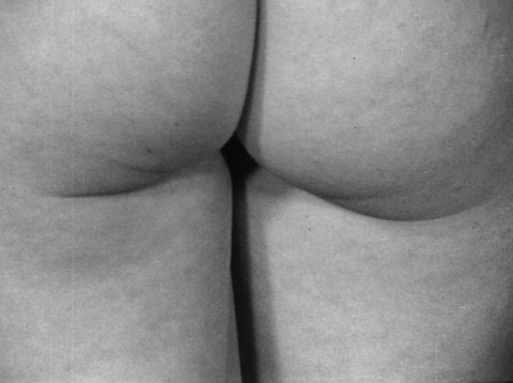
Another branch of her creativity, her films, gets an extensive airing and makes clear something that is often forgotten about Ono — how funny she can be. Film No 4 (Bottoms) consists entirely of close-ups of naked arses, male and female, hairy and smooth, rounded and flat, walking away from us with an absurd sense of purpose.
Her performances, too, have been carefully selected and edgily re-enacted. Cut Piece, first performed in Kyoto in the early 1960s, has Ono sitting on a stage while members of the public approach her with scissors and cut away portions of her clothes. Will they go further than her underwear? Do we want them to? Is the main thrust here erotic or violent? Ono never supplies the answers, so the possibilities spin around our thoughts like washing in a tumble dryer.
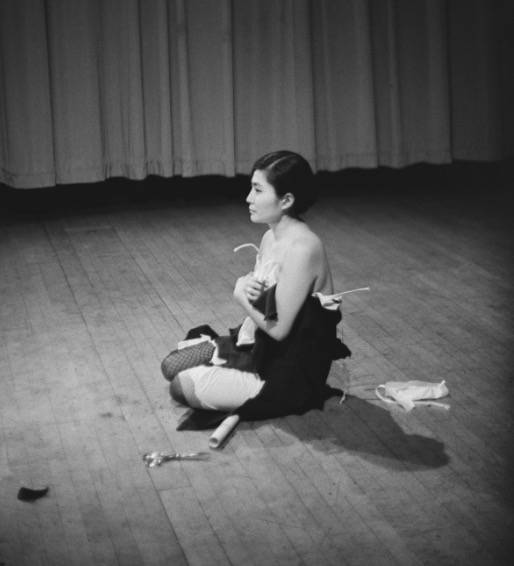
People will have a lot of fun visiting this show. There’s much to read and do. And by the time we reach that part of her busy history that involves meeting Lennon and doing crazy things in tandem, Ono has been firmly established as a hugely stimulating and adventurous artist in her own right.
These days, the Vietnam War that prompted Ono and Lennon’s bag-ins and peace protests is a distant memory. But today’s world is doing pretty well — tragically well — as a stand-in.
Yoko Ono: Music of the Mind is at Tate Modern, London SE1, until Sep 1
